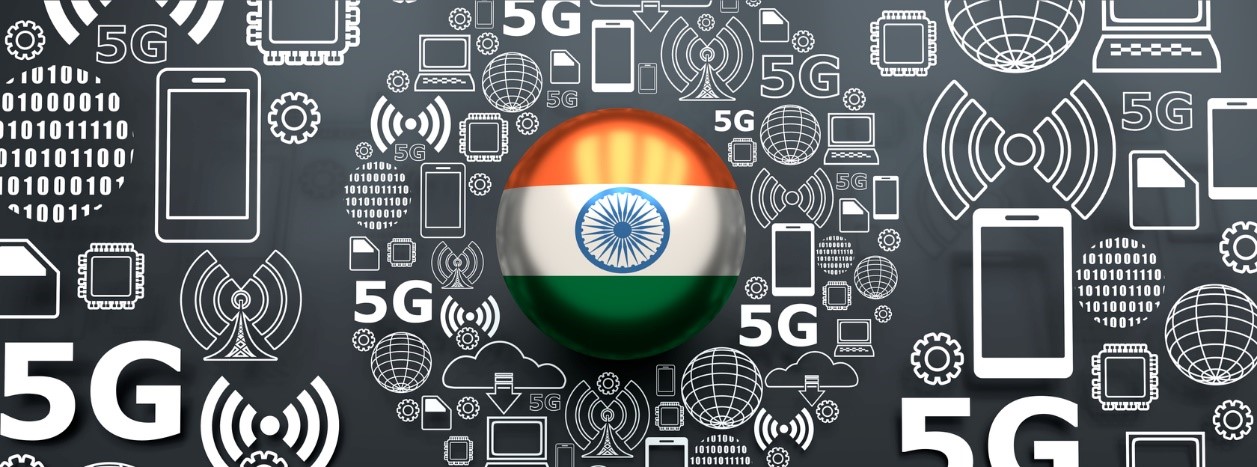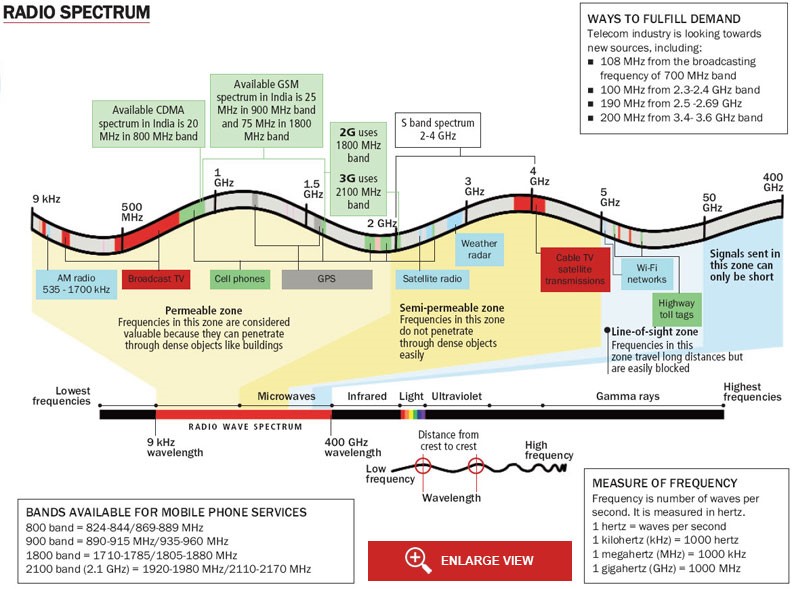Free Courses Sale ends Soon, Get It Now


Free Courses Sale ends Soon, Get It Now



Disclaimer: Copyright infringement not intended.
Context
Spectrum Auctions:

Frequency Bands:
Upcoming Spectrum Allocation:
The government of India is set to auction various spectrum bands to telecom operators, facilitating the expansion of communication services across the country.
Auction Details:
Timeline and Process:
Fresh Spectrum Allotment:
Expected Demand and Revenue:
Previous Auction and Utilization:
Spectrum Reforms:
Spectrum Allocation for Special Purposes:
Conclusion:
|
PRACTICE QUESTION Q. Which of the following spectrum bands is used for high-speed wireless broadband services? a) 2300 MHz b) 2500 MHz c) 3300 MHz d) 26 GHz Correct answer: b) 2500 MHz Explanation: The 2500 MHz spectrum band is designated for high-speed wireless broadband services. |
© 2024 iasgyan. All right reserved